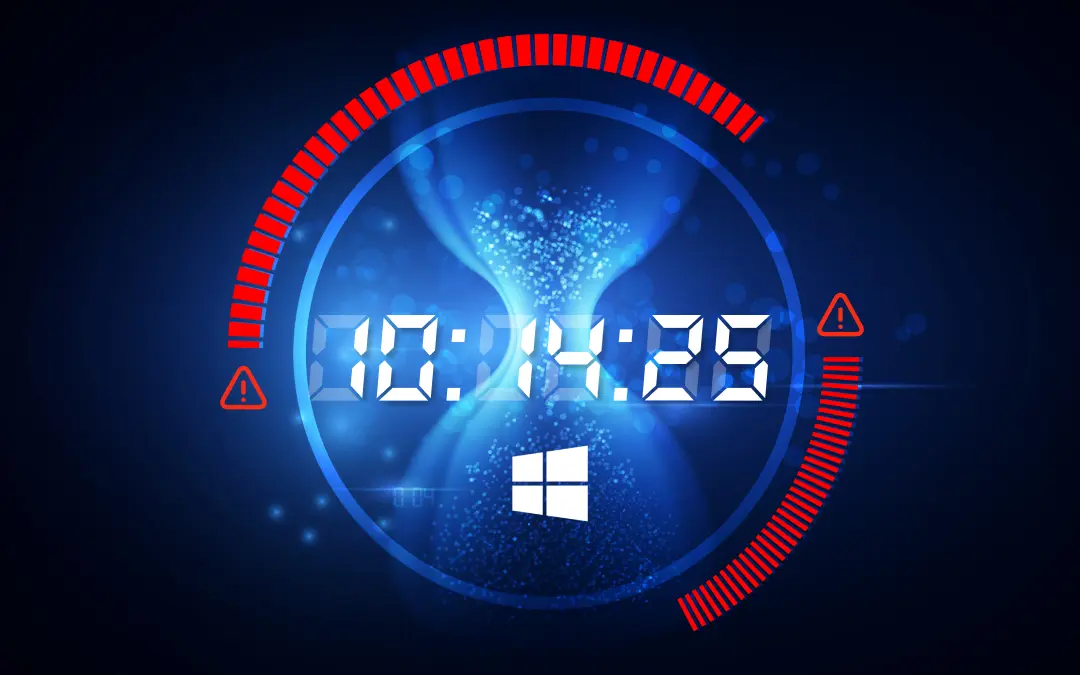Windows 10 end of life: Backup strategies for SMBs
With Microsoft ending support for Windows 10, many organizations will need a robust backup strategy to safeguard endpoints, cloud data and legacy hardware.
Olivia Pramas
August 19, 2025

When Microsoft ends support for Windows 10 on October 14, 2025, small businesses face more than just outdated software. Unsupported devices mean no security patches, leaving your organization vulnerable to ransomware, data loss, and compliance failures. The question isn’t just “how do I get off Windows 10?” but also “how do I protect my data while doing it?” A strong backup strategy is vital—and OpenText offers a comprehensive portfolio to help.
Why SMBs need a backup blan for Windows 10 EOL
- Staying on Windows 10 past end-of-life brings serious consequences:
- Security vulnerabilities: no updates for new threats
- Compliance gaps: frameworks like Cyber Essentials, ISO, and GDPR require supported systems
- Insurance exposure: cyber insurers often deny claims tied to unsupported OSs
- Migration risk: device failures during Windows 11 upgrades can disrupt operations
A robust backup strategy is your defense—even if hardware can't run Windows 11.
Strategy 1: Protect endpoints with cloud backup
OpenText™ Core Endpoint Backup automatically secures files, folders, and user data on Windows and macOS devices, whether they're online, offline, or beyond upgrade eligibility. This low-touch, cloud-based backup helps you:
- Maintain data protection on legacy hardware.
- Meet cybersecurity and insurance requirements.
- Recover quickly after hardware failure or ransomware events.
Strategy 2: Safeguard cloud data
Many SMBs use Microsoft 365, Google Workspace, or Salesforce. Native retention tools aren’t enough. OpenText Core Cloud-to-Cloud Backup safeguards your SaaS data with scheduled, automated snapshots, helping you restore deleted or corrupted files and meet audit requirements.
Strategy 3: Secure legacy servers and hybrid environments
For businesses with on-premise infrastructure, OpenText Server Backup supports backups across physical, virtual, and legacy servers—integrating local, hybrid, and cloud storage. It's ideal for maintaining business continuity during Windows 10 migration.
Strategy 4: Adopt continuity and compliance tools
OpenText Cybersecurity’s Continuity and Compliance suite empowers SMBs with recovery, migration, and availability capabilities, even during IT transitions. It ensures data remains accessible, auditable, and compliant throughout the migration journey.
Strategy 5: Test recovery and automate
Automated backups are powerful, if they work when needed. Regular recovery testing, ransomware drills, and documentation are essential. Your backup strategy should provide:
- Fully recoverable restore points
- Scheduled and automated backups
- Easy-to-manage dashboards for compliance and audit reporting
Why OpenText’s SMB cybersecurity portfolio is ideal
- Scalable solutions built for SMBs, MSPs, and channel partners
- Unified platform that integrates endpoint, cloud, and server backup
- Intuitive interface designed for resource-limited IT teams
- Insurance-ready reporting and compliance visibility
- Flexible deployment and strong channel support
Windows 10 End of Life in October 2025 is approaching fast. SMBs can't afford to delay risk mitigation. A multi-layered backup strategy across endpoints, cloud, and servers ensures data protection, compliance readiness, and insurer confidence—regardless of hardware limitations.
Deploying OpenText Core Endpoint Backup, along with Cloud-to Cloud, Server, and Continuity tools, gives SMBs a comprehensive and manageable way to meet the challenge.
Explore the OpenText SMB cybersecurity portfolio to keep your business secure now and in the future.

Olivia Pramas
Olivia is passionate digital marketing leader, driving the OpenText Cybersecurity brand and messaging.